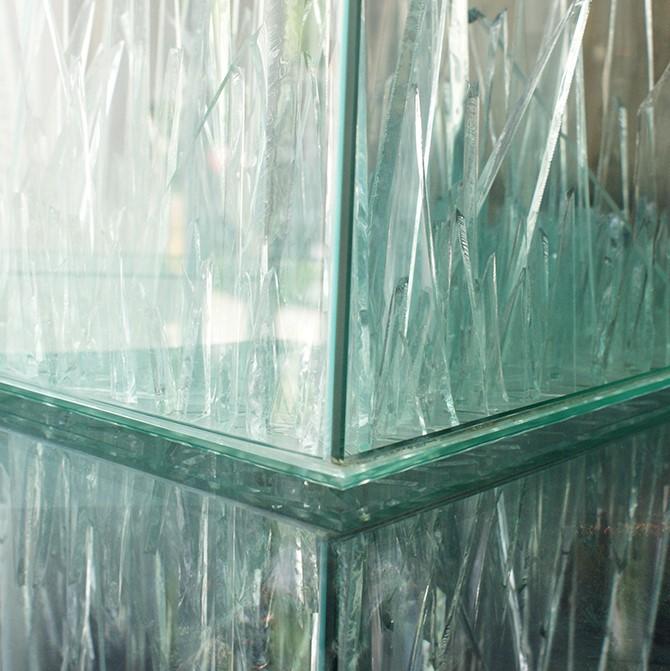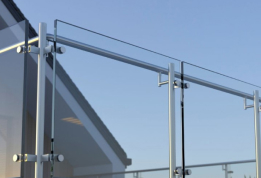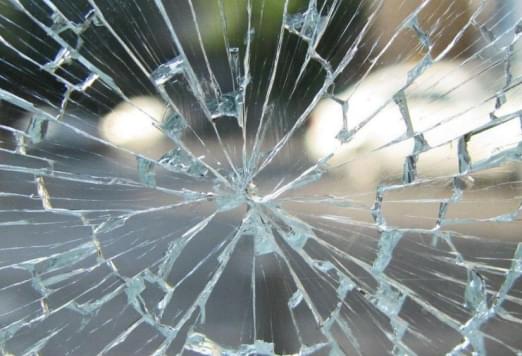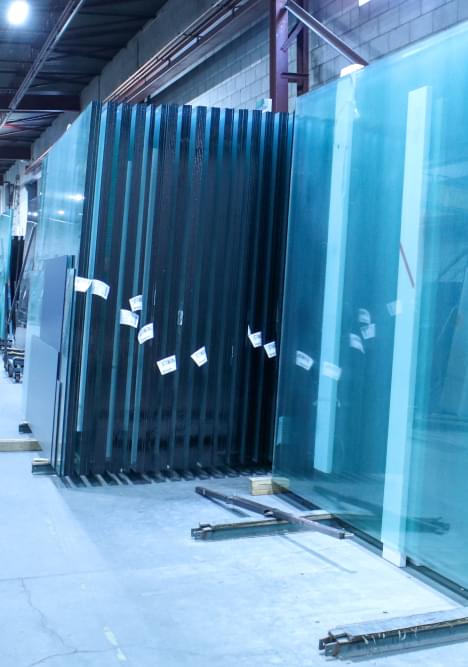The Making of Architectural Glass
There is no denying the many practical and aesthetic uses of glass. Since its invention, it has greatly benefitted manufacturing, architecture, art, and more. Its unique capability to let in natural sunlight while shielding us from the elements has given it its place in our society as a significant architectural material. Indeed, architectural glass is now the most prominent use of glass today, contributing to society’s fair share of architectural wonders and innovative art pieces.
It is believed that the first instance of glassmaking started in Mesopotamia around four millennia ago. This shows us that glassmaking has been around for a long time, and that humans were always drawn to glass’ abilities. Apparently, the need for glass’ unique applications has spanned thousands of years, throughout all sorts of different cultures and locations.
Today, architectural glass is manufactured and fabricated in facilities such as All Team Glass’ own in Woodbridge, Ontario.
Glass manufacturers use processes that have been modernized and built on from age-old techniques. Thanks to modern machinery and advanced techniques, we at All Team Glass are able to produce stronger products with more consistent quality at a faster rate. On top of that, we are also able to easily incorporate intricate designs into our glass products, all at consumer-friendly prices.
Different types of glass materials are used for different applications. It all depends on the additives that are added into the glass mixture in order to achieve specific properties. For instance, in the case of eyeglasses, barium, lead oxide, and lanthanum oxide are added to increase the glass’ refractive ability. Within architectural glass, there are different types of glass including cast glass, crown glass, cylinder glass, rolled plate glass, float glass, and more, all of which use different manufacturing processes.
Since the 1800s, mankind has been experimenting with using glass as a building material, to everyone’s delight and benefit. The aesthetic quality of the all-glass skyscrapers that define the skylines of the modern age cannot be denied. As new processes and compounds continue to be experimented with, we can look forward to newer and more efficient ways of using glass in the building process.

There is no denying the many practical and aesthetic uses of glass. Since its invention, it has greatly benefitted manufacturing, architecture, art, and more. Its unique capability to let in natural sunlight while shielding us from the elements has given it its place in our society as a significant architectural material. Indeed, architectural glass is now the most prominent use of glass today, contributing to society’s fair share of architectural wonders and innovative art pieces.
It is believed that the first instance of glassmaking started in Mesopotamia around four millennia ago. This shows us that glassmaking has been around for a long time, and that humans were always drawn to glass’ abilities. Apparently, the need for glass’ unique applications has spanned thousands of years, throughout all sorts of different cultures and locations.
Today, architectural glass is manufactured and fabricated in facilities such as All Team Glass’ own in Woodbridge, Ontario.
Glass manufacturers use processes that have been modernized and built on from age-old techniques. Thanks to modern machinery and advanced techniques, we at All Team Glass are able to produce stronger products with more consistent quality at a faster rate. On top of that, we are also able to easily incorporate intricate designs into our glass products, all at consumer-friendly prices.
Different types of glass materials are used for different applications. It all depends on the additives that are added into the glass mixture in order to achieve specific properties. For instance, in the case of eyeglasses, barium, lead oxide, and lanthanum oxide are added to increase the glass’ refractive ability. Within architectural glass, there are different types of glass including cast glass, crown glass, cylinder glass, rolled plate glass, float glass, and more, all of which use different manufacturing processes.
Since the 1800s, mankind has been experimenting with using glass as a building material, to everyone’s delight and benefit. The aesthetic quality of the all-glass skyscrapers that define the skylines of the modern age cannot be denied. As new processes and compounds continue to be experimented with, we can look forward to newer and more efficient ways of using glass in the building process.







